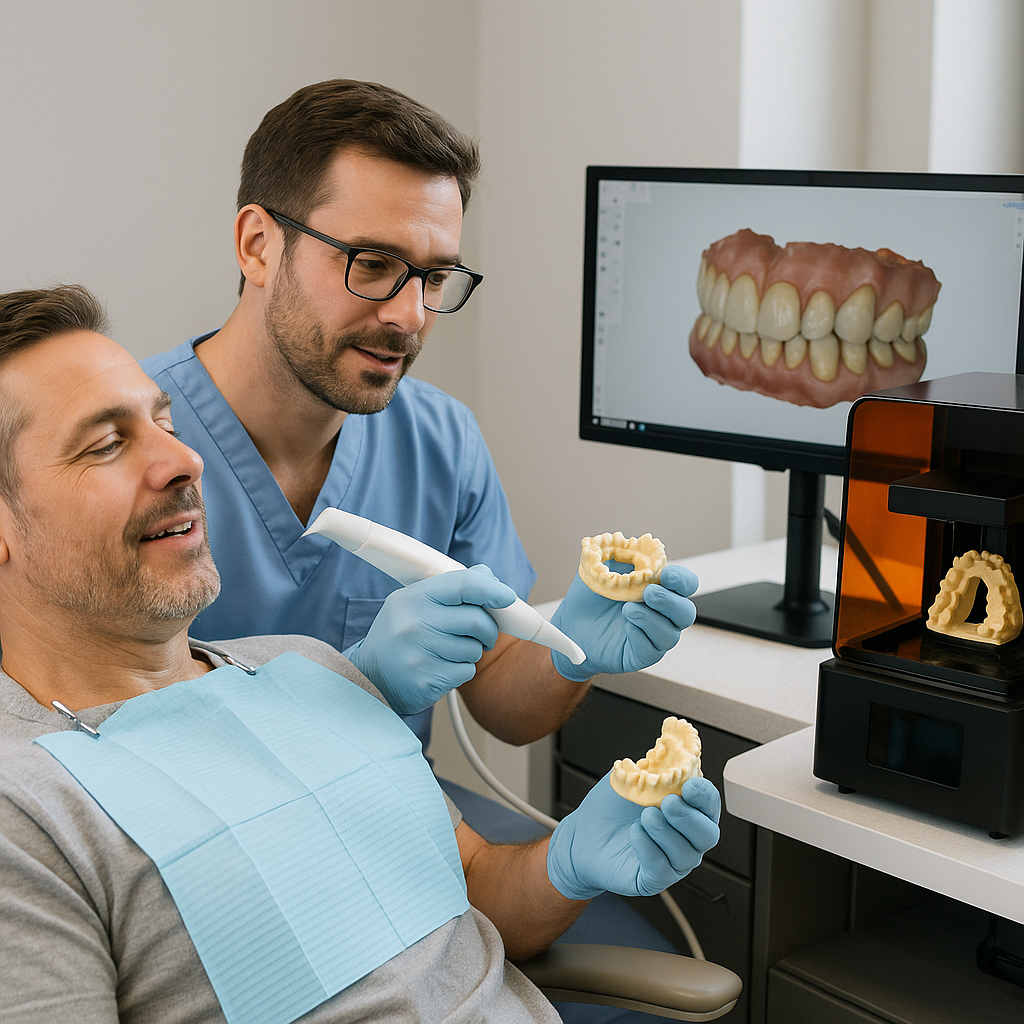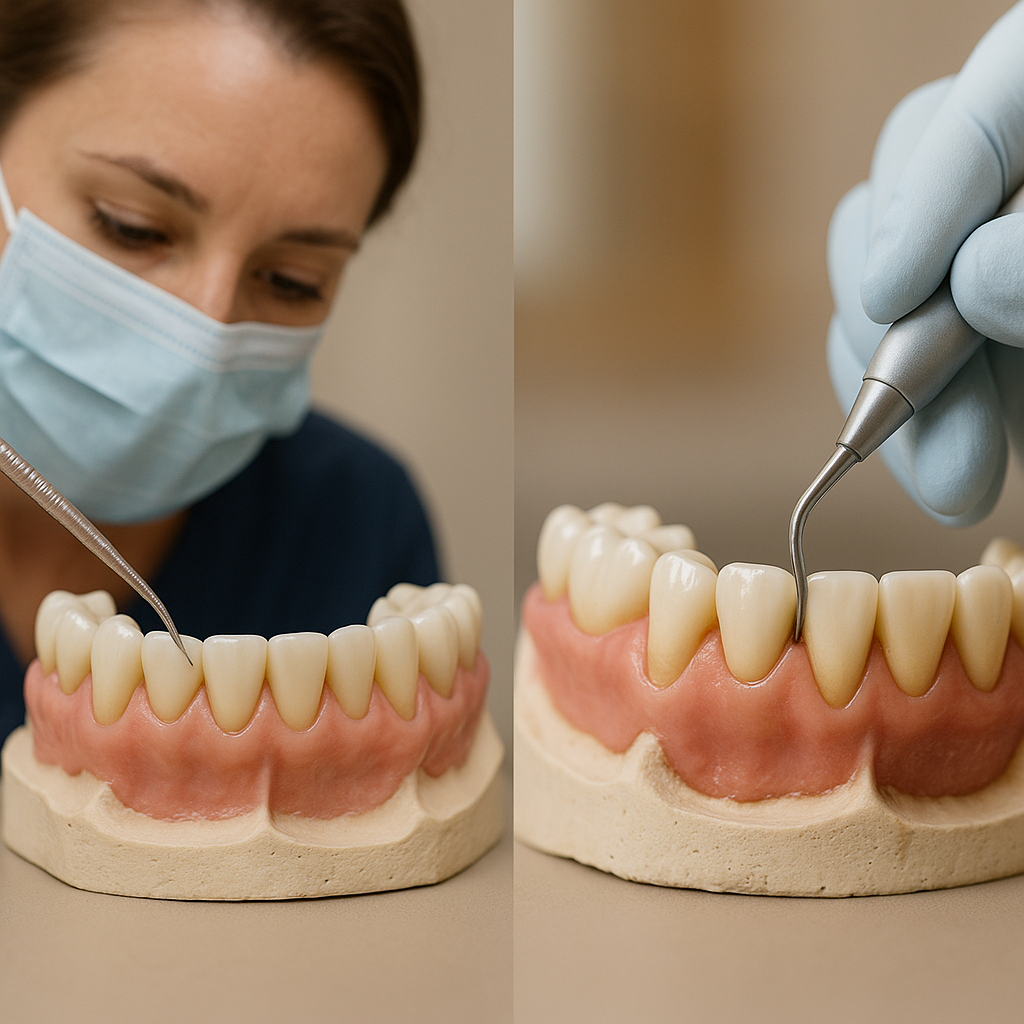
Dealing with tooth pain or facing the prospect of losing a tooth can be a daunting experience. However, a root canal treatment, often simply called a root canal, is a highly effective way to save your tooth and alleviate pain. Let’s dive into how this procedure can be a tooth-saving grace, demystify common misconceptions, and explore the benefits it offers.
Demystifying the Root Canal Procedure
A root canal is a vital treatment for saving a tooth that has been infected or severely damaged. Contrary to popular belief, the procedure is not a cause of pain but a relief from it. During a root canal, the dentist removes the infected pulp from the tooth, cleans and disinfects the inner part, and then fills and seals it. The purpose is to save the tooth and alleviate any pain associated with the infection. Modern dental technology and anesthesia make root canals relatively painless, with most people reporting little to no discomfort during the treatment.
Understanding the structure of our teeth is essential for appreciating how a root canal can save a tooth. Our teeth are not solid; they have a space inside called the pulp chamber, which houses the nerve and blood supply of the tooth. When a tooth decay reaches this inner chamber, or a tooth becomes injured, the pulp can become infected. An infected pulp can lead to
When Do You Need a Root Canal?
Recognizing the signs that may indicate the need for a root canal is critical. Symptoms can range from severe toothache, prolonged sensitivity to hot or cold, tender or swollen gums next to the affected tooth, and in some cases, a darkening of the tooth. These symptoms can signify that the pulp within your tooth is inflamed or infected, necessitating a visit to your dentist. In many cases, a root canal may be your best option to relieve pain and save the tooth.
It’s crucial to remember that sometimes, a tooth needing a root canal might not exhibit any symptoms. That’s why regular dental checkups are important, as dentists can identify problems early on, possibly preventing the need for more extensive treatment like a root canal. Hence, even in the absence of pain or discomfort, keeping up with your dental visits is key to maintaining oral health.
The Step-by-Step Process of a Root Canal
A typical root canal procedure involves several steps and is usually completed in one or two visits. Your dentist or endodontist will begin by taking an X-ray to determine the extent of the infection. Local anesthesia is then administered to numb the area, ensuring the process is as painless as possible. Through a small opening at the top of the tooth, the dentist removes the infected pulp, cleans the canal, and shapes it for filling. The canal is then filled with a biocompatible material, and the opening is sealed with a temporary filling. After the procedure, a permanent filling or crown is placed to restore the tooth to its full function (American Association of Endodontists).
Despite the high success rate of root canal treatments, it’s normal to have questions or concerns. Many are concerned about pain during the procedure. With advancements in dental techniques and anesthetics, discomfort is minimal and typically no worse than getting a filling. Another concern is the procedure’s success rate. Rest assured, a properly performed root canal followed by a proper crown or filling on the tooth can last a lifetime with diligent oral hygiene and regular dental checkups.
Benefits of Choosing a Root Canal Over Tooth Extraction
One might wonder why a root canal is often preferred over simply extracting the problematic tooth. The answer lies in the numerous benefits of preserving your natural tooth. A root canal allows you to maintain your natural smile, continue eating the foods you love, and limits the need for ongoing dental work. With extractions, the missing tooth would need to be replaced with an implant or bridge, which can be more costly and involve more extensive dental procedures (Healthline).
Furthermore, tooth extractions can lead to problems such as jawbone deterioration and the shifting of surrounding teeth, potentially leading to bite and chewing problems and the need for orthodontic treatment down the line. A root canal treatment helps avoid these complications, preserving the integrity of your jawbone and the alignment of your teeth.
Aftercare: Ensuring a Successful Recovery
Proper aftercare is essential for a successful recovery from a root canal treatment. Initially, it’s common to experience some sensitivity or discomfort, which can be managed with over-the-counter pain relievers. Avoid chewing on the treated tooth until it has been fully restored to avoid any damage. Adhering to good oral hygiene practices, such as regular brushing and flossing, is crucial, along with routine dental checkups. These steps will ensure your restored tooth lasts a lifetime.
If you’ve been fitted with a temporary crown post-root canal, be sure to follow your dentist’s guidelines. This might include avoiding sticky or hard foods that could dislodge the crown. Remember, the crown is only a temporary solution until a permanent crown is fitted. Neglecting proper care or delaying the placement of the permanent restoration can compromise the long-term success of the root canal treatment.
Busting Common Myths About Root Canals
Misconceptions about root canals are widespread, leading to unnecessary anxiety about the procedure. One common myth is that root canal treatments are extremely painful. In reality, modern dental techniques ensure that the procedure is as painless as a routine dental filling. Another myth is that root canals cause illness, stemming from long-debunked research suggesting that treated teeth can harbor bacteria and lead to systemic diseases. Contemporary scientific research has conclusively shown that root canal treatments are safe and effective, removing infection and promoting oral health.
It’s also often believed that tooth extraction is a simpler and more cost-effective solution than a root canal. However, the long-term costs — in terms of additional dental work required to replace the extracted tooth and the potential for other teeth to shift, leading to misalignment — often exceed those of a root canal and restoration with a crown. It’s crucial to consult with a dental professional to understand your options and the most effective treatment for your particular case.
Embracing the Root Canal: A Path to Recovery
Understanding the root canal process and its benefits is crucial to overcoming fears associated with dental treatments. With the right care and expertise, a root canal can not only save your tooth but also restore its function and appearance. Remember, preserving your natural tooth has long-term benefits for your oral health, overall well-being, and confidence. Embracing this procedure can be a key step toward a healthier, pain-free smile. Visit Reston Family Dental Center to learn more about how we can help restore your smile.
‹ Back







 On Yelp
On Yelp On Google Places
On Google Places On ZocDoc
On ZocDoc